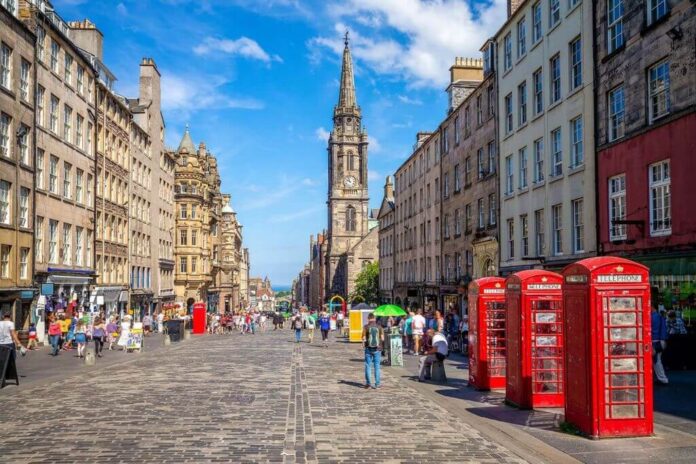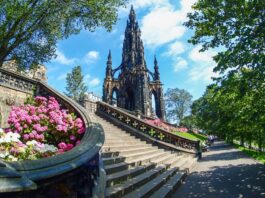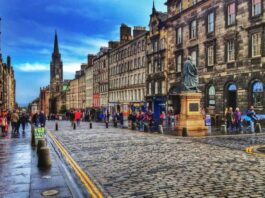The adventurous traveler might expect some unexpected discoveries from a trip to Edinburgh’s Old Town. But to whet your appetite, here is a list of 11 amazing facts about one of Europe’s most fascinating medieval cities, presented in no particular sequence.
1. An extinct volcano is the foundation for Edinburgh Castle.
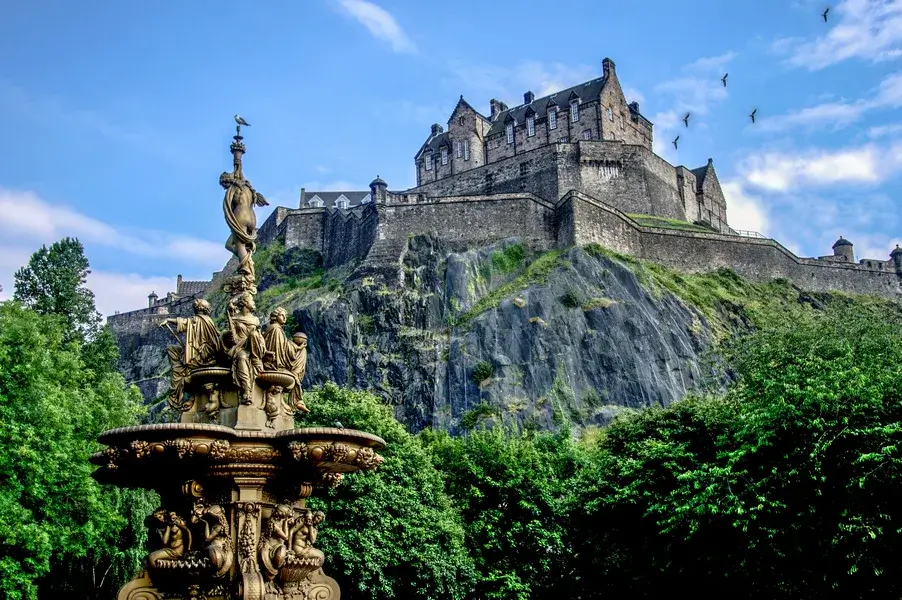
The presence of a volcano in the center of the nation’s capital is not surprising given Scotland’s rugged terrain, but thankfully it hasn’t erupted in only 340 million years. Humans have lived on Castle Rock’s peak since 850 BC, and it just so happens to be the volcano’s vent plug, making it the ideal location for a stronghold.
2. An elephant previously lived at the castle.
During a protracted tour of Sri Lanka, the 78th Highlanders traveled back to Edinburgh in 1838, bringing with them an elephant who established himself at the barracks as the leader of the Highlanders’ marching band. According to legend, he enjoyed a pint of beer before going to bed, which he would fetch with his trunk from the cafeteria window.
3. There were other elephant residences in the Old Town beside the castle.
An elephant was reportedly kept in a city flat on the second floor after being rented to a Dutchman named Abraham Sever, according to a recently discovered letter from the early 18th century. The city council nevertheless gave Mr. Sever permission to parade the animal for the city’s people, despite the fact that the bakery downstairs was exposed to cascades of water and feces, causing property damage.
4. The Old Town of Edinburgh has been named a World Heritage Site.
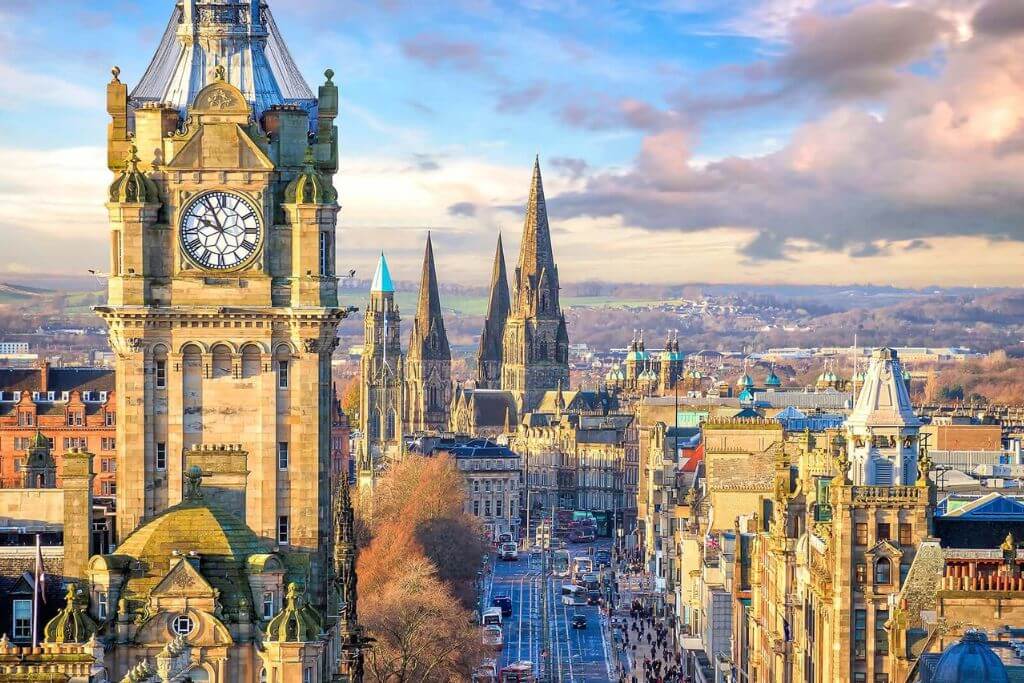
The Old Town is like stepping back in time when you walk its streets, so it should come as no surprise that it has been designated a UNESCO World Heritage Site, competing with other world wonders like the Amalfi Coast, the Taj Mahal, and the Great Barrier Reef. Simply is not as warm.
5. The majority of the UK’s listed buildings are in Edinburgh’s Old Town.
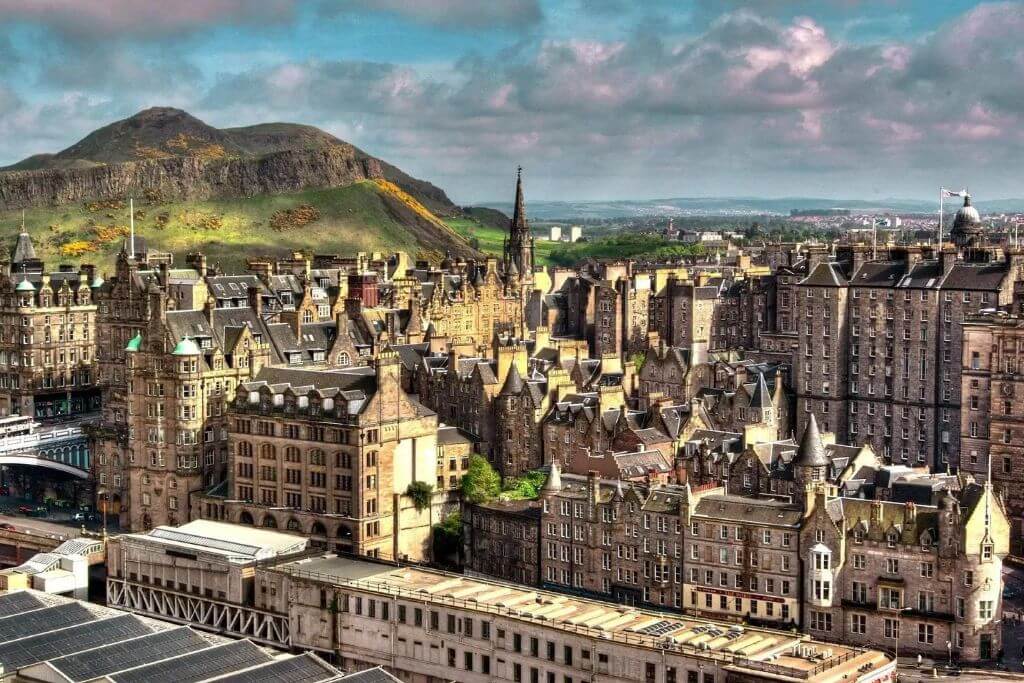
More listed buildings, many of them in the most valuable category, can be found in Edinburgh’s Old Town than anyplace else in the UK. There are an astounding 4,500 listed buildings in the city, with the oldest and best-maintained ones being found all across Old Town. This gives visitors a unique glimpse into the past that is unmatched by other locations.
6. The Royal Mile is a prominent roadway in Edinburgh.
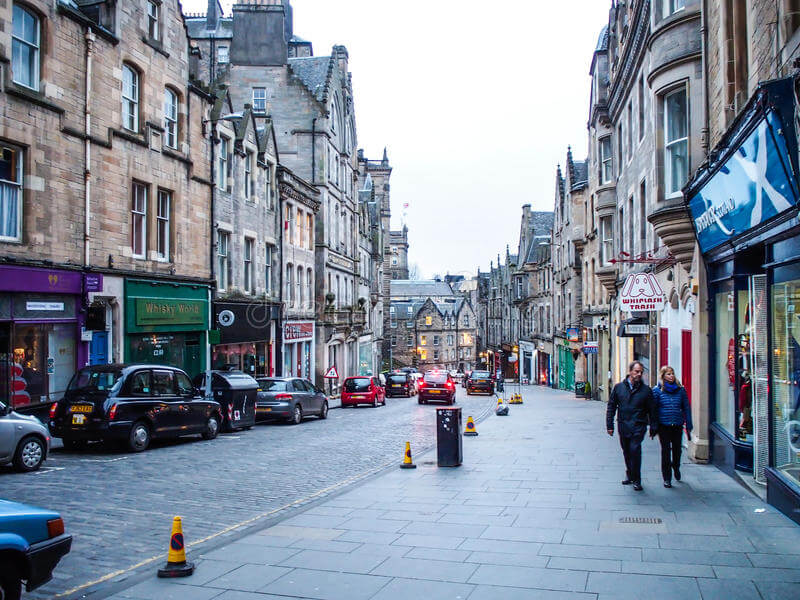
The Royal Mile, Edinburgh’s most well-known street, runs from Edinburgh Castle to the Palace of Holyrood, yet despite its name, it isn’t a mile long. A Scottish Mile, a strange unit of measurement of such significance that it hasn’t been used since the 18th century, is around 1.1 miles from one end to the other.
7. The term “The Royal Mile” is quite new.
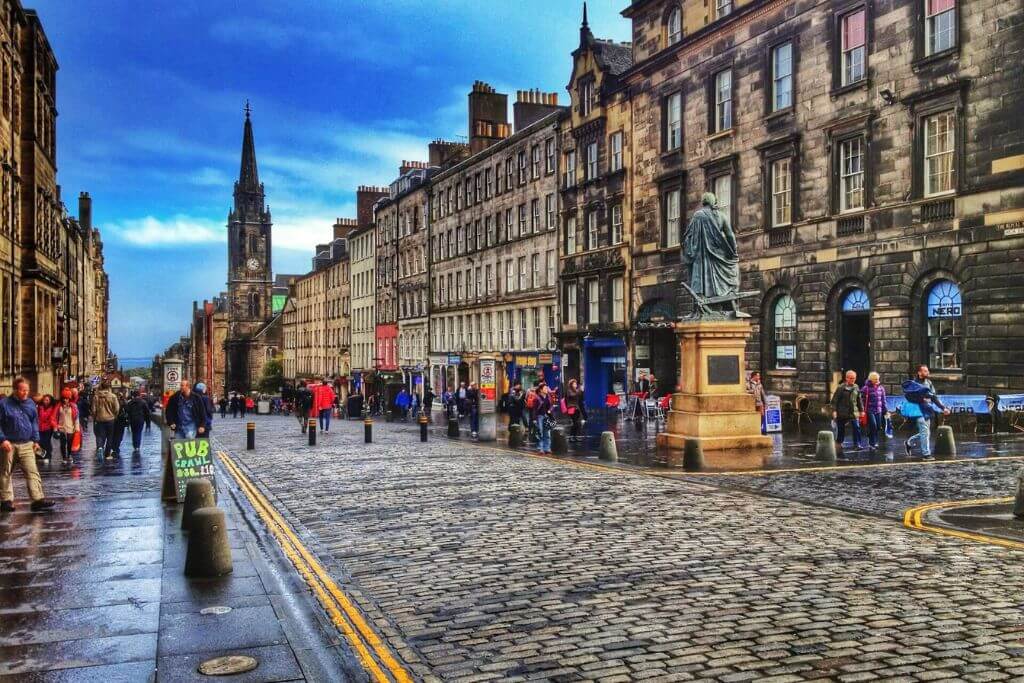
Although it is the center of Edinburgh’s Old Town and one of the most well-known neighborhoods in the city, the Royal Mile didn’t receive its moniker until the early 20th century. The Royal Mile was formerly known as the High Street, honoring the medieval marketplace that drew vendors from all over England and the continent; even today, some residents still use the term to refer to the Royal Mile.
8. Public executions took place in Grassmarket.
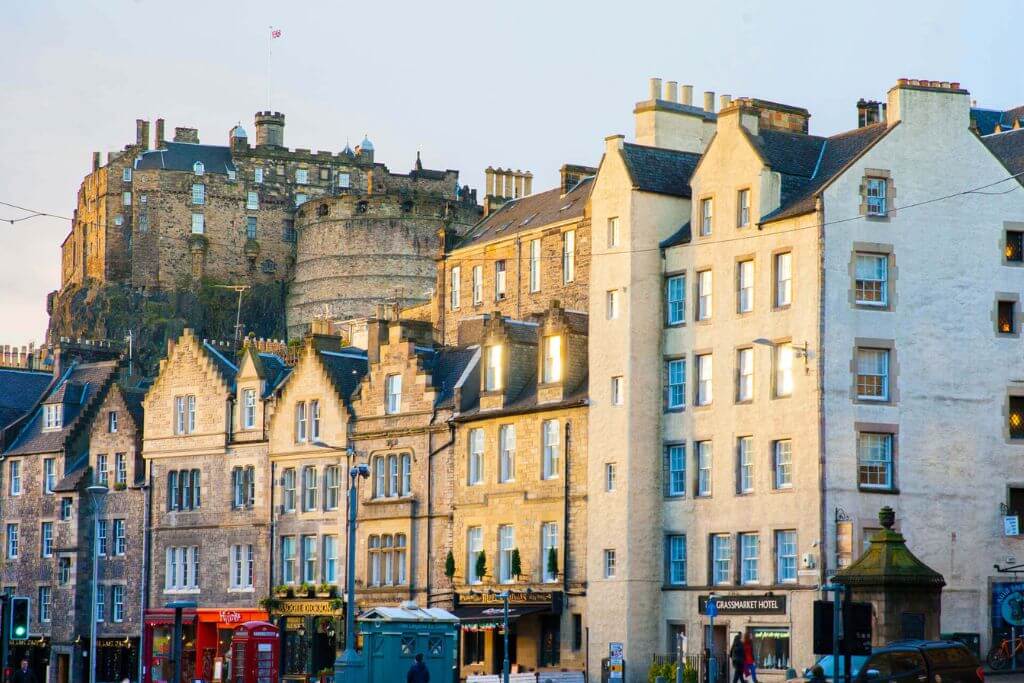
Grassmarket, which is close to the Royal Mile, is a friendly neighborhood for amusement, despite its less-than-pleasant past as a location for public executions. In this place, criminals, murderers, and political outcasts were given the death penalty, and a furious 25-year era in the late 17th century came to be sadly known as “The Killing Period.”
9. Over an old sewer, Princes Street Gardens is located.
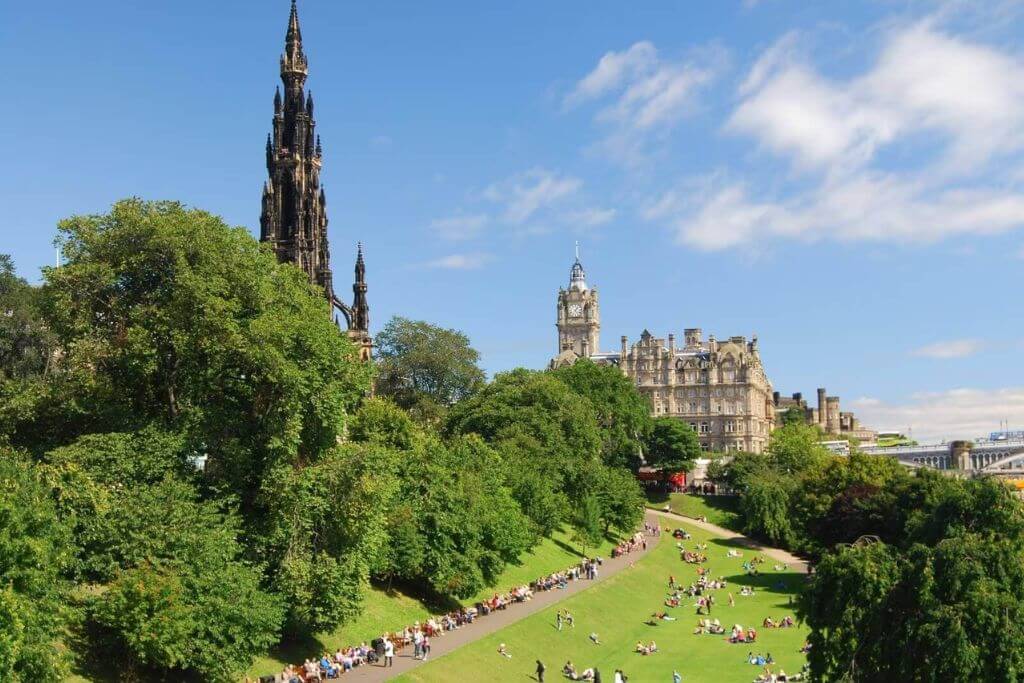
The Nor’ Loch was a marshland where human and animal feces was dumped until it was drained in the 18th century on the orders of disgusted councilors sick of its stink. A lot of alleged witches and criminals met a grim end in the dark depths of this foul marsh, yet it was also a source of water for the brave locals.
10. You have no justification for skipping the train in Edinburgh.
The clock atop the Balmoral Hotel, which is located close to Edinburgh’s Waverley Station, is a striking architectural element that does more than just add to the beauty of the city’s skyline. The suggestion to make the clock three minutes faster was first put forth to aid North British Railway Company passengers in making it to their trains on time. This practice has been in place for more than a century.
11. The burial vaults on Arthur’s Seat
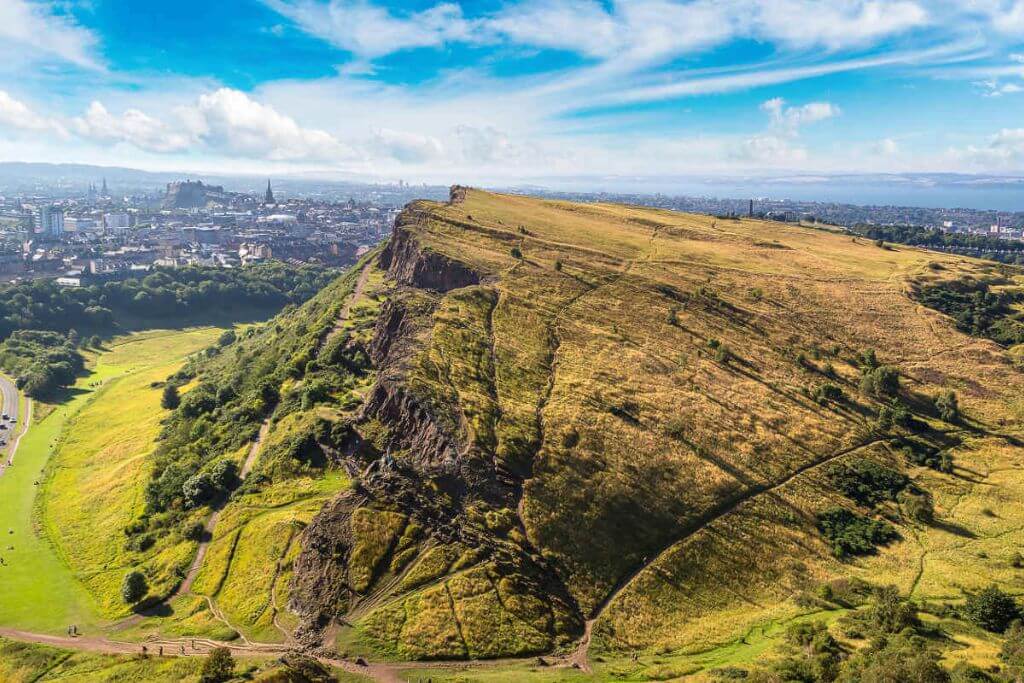
Eight of the 17 tiny coffins, which were found by a group of lads rabbiting on Arthur’s Seat in 1836 and contained Lilliputian-carved figurines, are now on display in the National Museum of Scotland. The creation of ancient wizards, memorials to Dunedin residents who were killed, or just wooden soldiers was given a ghoulish makeover? There are several explanations for a riddle that has persisted for almost 200 years.
